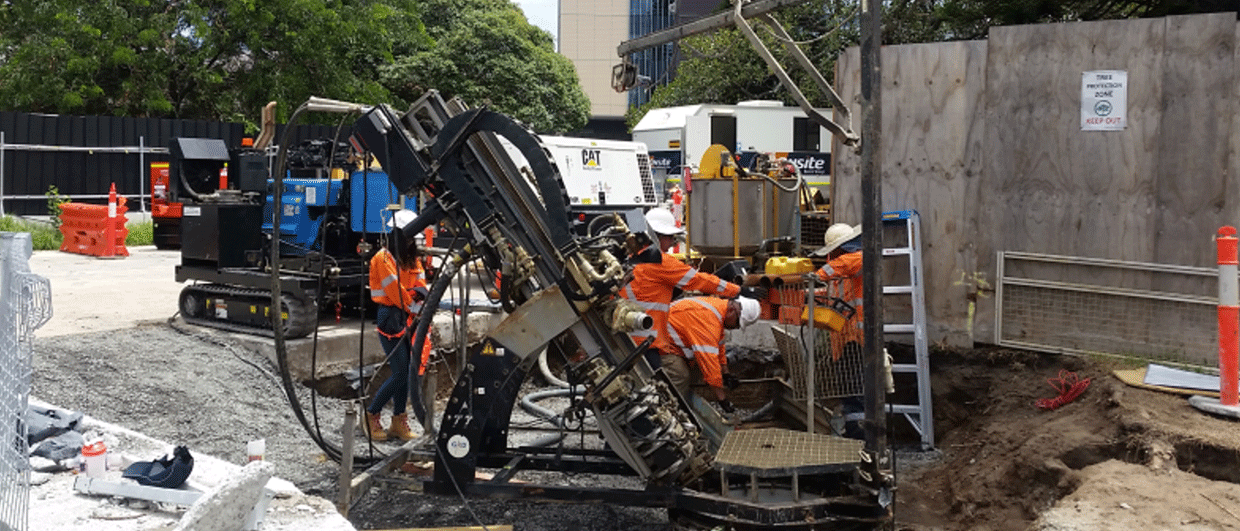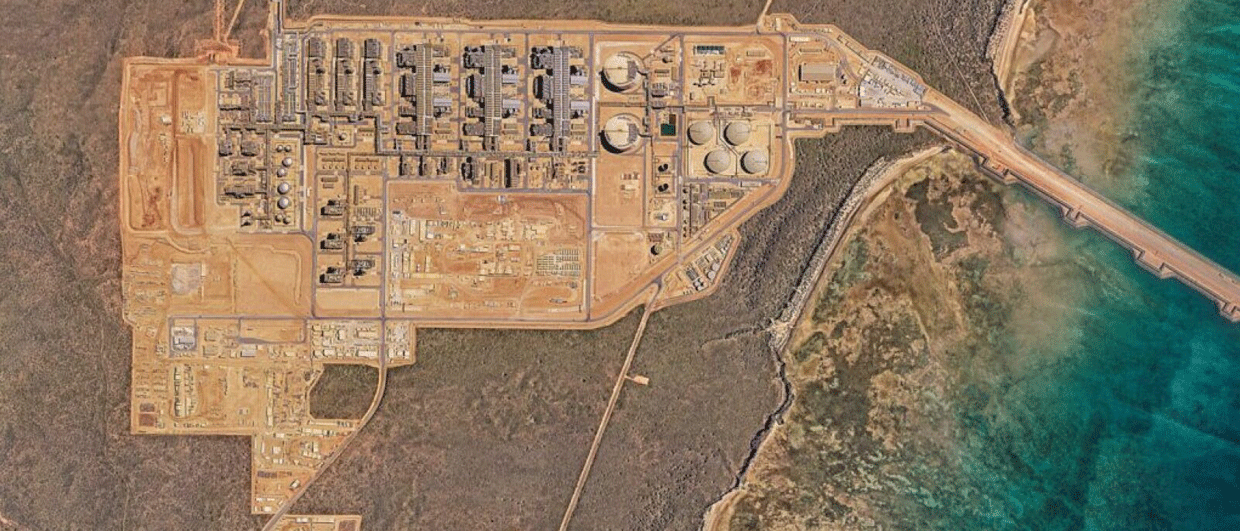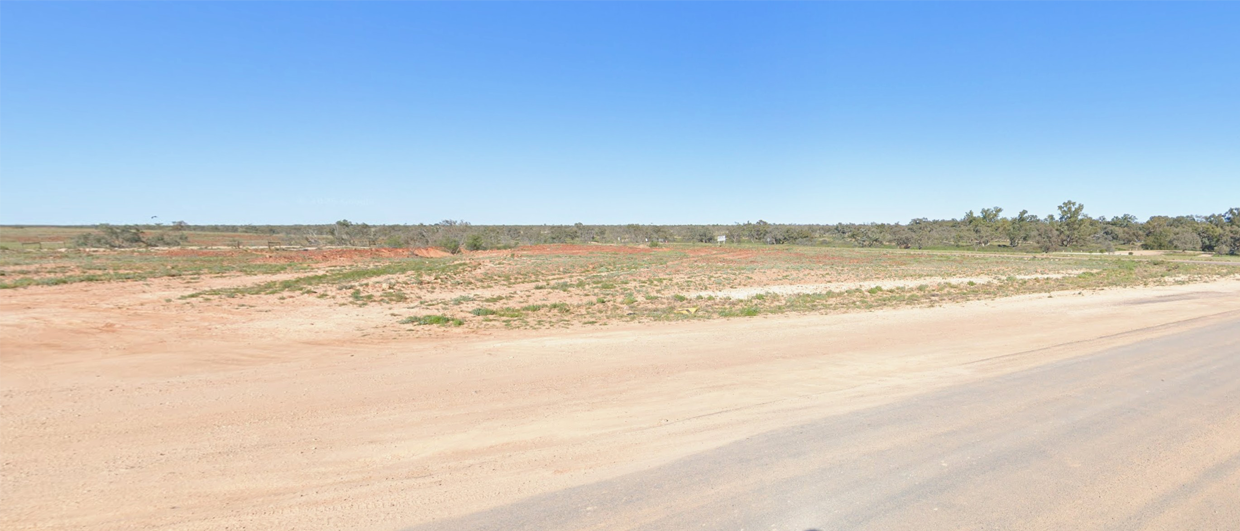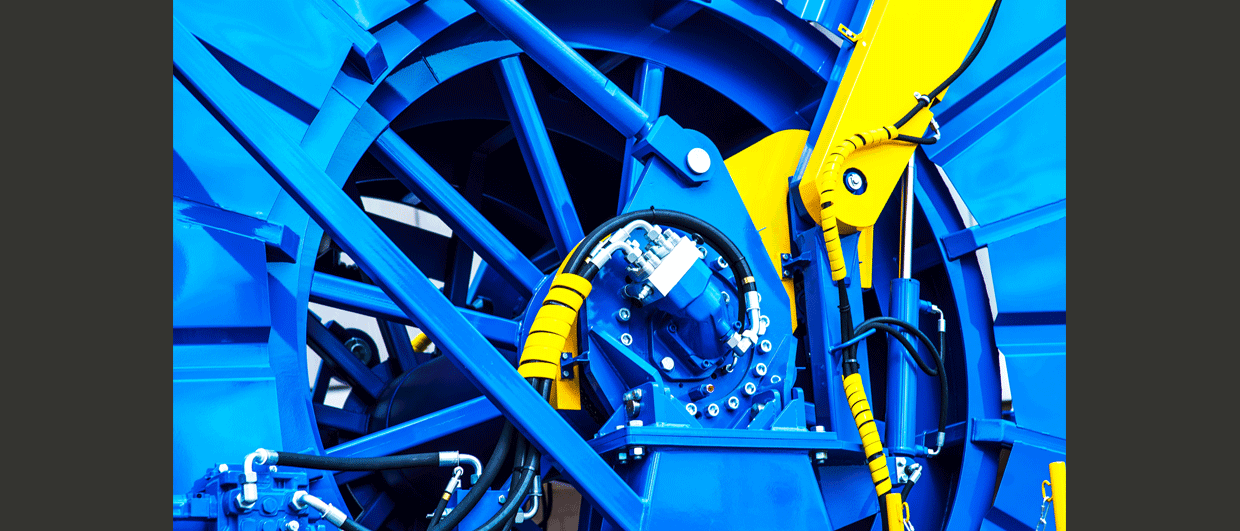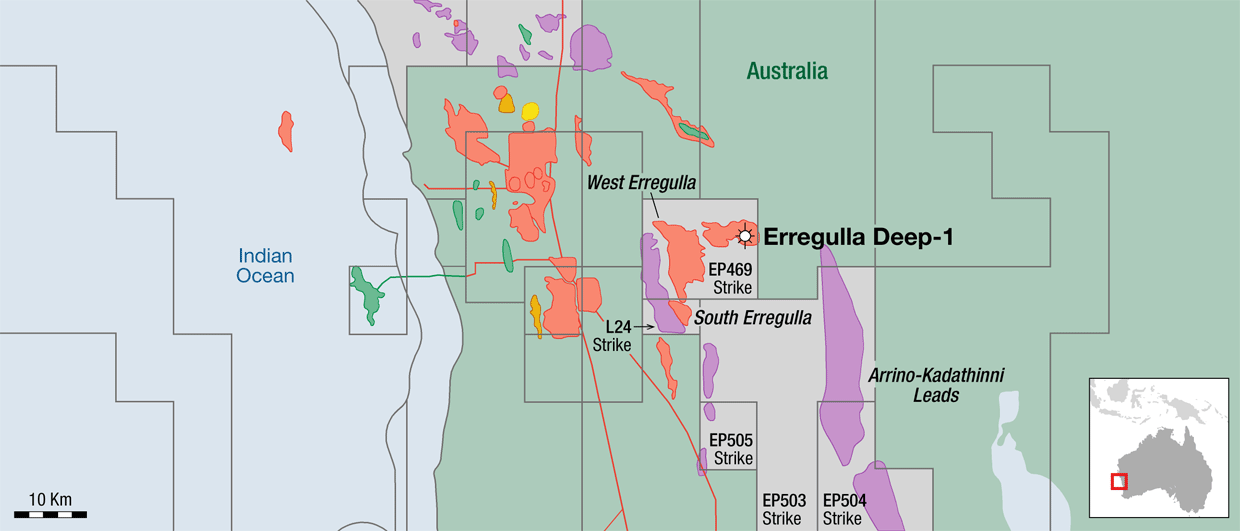This is the second out of three articles in shallow geothermal series. In the first one, we focused our attention on Sweden, where 100% of geo-energy is produced by shallow geothermal systems. In this article, we will discuss the market, technology and the role of the subsurface in Australia when it comes to shallow geothermal drilling.
Australia
“I only got into drilling because I could not get the drillers to the site when I wanted them to come. If there is a drought in Australia, they are all out drilling water wells, so I won’t get them when I need to drill my geothermal holes”, says Marcus Wearing-Smith when I talk to him from his home in Perth, Western Australia.
Marcus is the managing director of Direct Energy Australia. His company is specialized in the integration of geothermal systems with other renewable technologies to create net zero homes, carrying out both the entire design and installation. One of the unique things he does is directional drilling, such that from only a small pad, multiple boreholes can be drilling in various directions. This is especially useful when the available surface area is limited.
THE GEOLOGY DRIVES EVERYTHING
“The subsurface is extremely important”, says Marcus, “with the combination of both the geology and groundwater(flow) determining productivity in terms of thermal heat transfer.” It can vary around 45 W to 64 W per lineal meter of borehole, utilising a 32 mm thick pipe. We have achieved up to 100 W per lineal meter using hybrid systems and smart controls. These figures are taken from southern states with ground temperatures of 18 to 21°C.” The Sydney sandstone is the highest-performing geothermal unit in Australia as it is a clean sand, and it is quite straightforward to hammer through. Melbourne is about half as productive because of the presence of more clay layers that are not as conductive. At the same time, Melbourne’s climate needs more energy to heat in winter. That’s why it is almost twice as costly to drill a geothermal loop of the same energy output in Melbourne than in Sydney. “Unexpected subsurface conditions are every driller’s worst enemy, such as cavities and excess water”, continues Marcus. “Very hard rock can take a long time to drill, which also is an impediment. This is another reason why upscaling the market is key, because the more knowledge is gained on how to drill the local geology, the more efficient the process gets.” “We keep a record of the geology we drill through”, says Marcus. “In general, we record the cuttings profiles and take photographs of the soil at 5 m intervals. This is for our own database.”
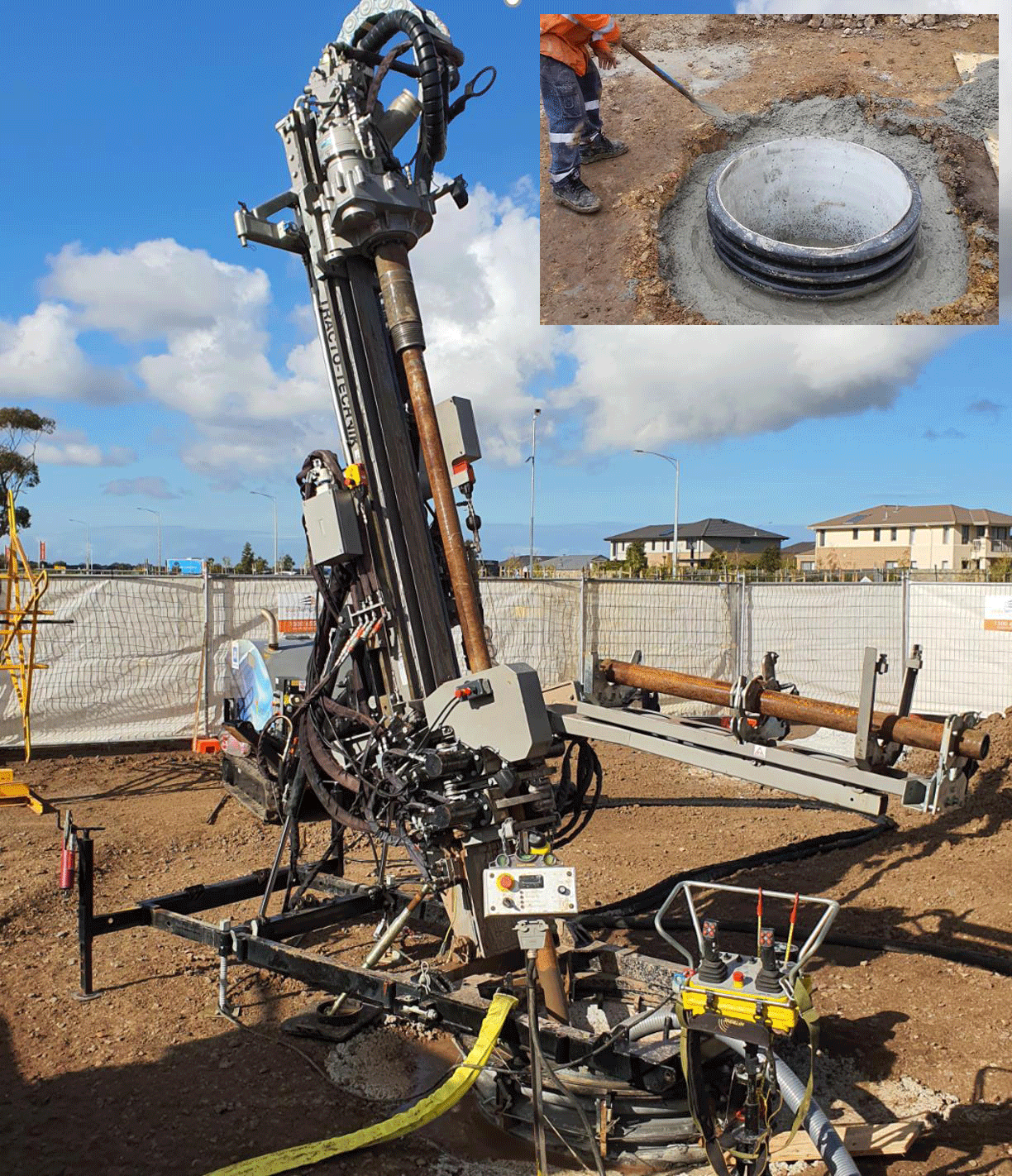
How is the market?
“I’ve got four directional drilling rigs”, says Marcus, “and I just had an inquiry from someone in Canada who is interested in buying one of them. It is a situation I have not seen for a while and is a testament to the market for these rigs heating up, at least in Canada.”
Is the same happening in Australia though?
“I wouldn’t say there is a strong demand; it is too early to conclude that the same is happening here in Australia”, Marcus continues. “At the moment, the prices of geothermal heat pumps are still too high to really compete against air source heat pumps. The payback times can be around 20 years, which is generally considered too long for many people. That’s why I think we need a massive upscaling, especially when it comes to geothermal heat pumps that allow for both heating and cooling. Until that arrives, the costs will remain prohibitive in many cases, especially when there is no government incentive.”
At the same time, the focus on Net Zero by 2050 has put things into motion. “The major engineering firms are recognizing geothermal as an option, even though a lack of experience in these firms does restrict progress. It is key to do accurate upfront costing and design to understand the validity of the ground source,” Marcus says. “There seems a tendency to overdesign systems, which can have a detrimental effect on the price tag.”

